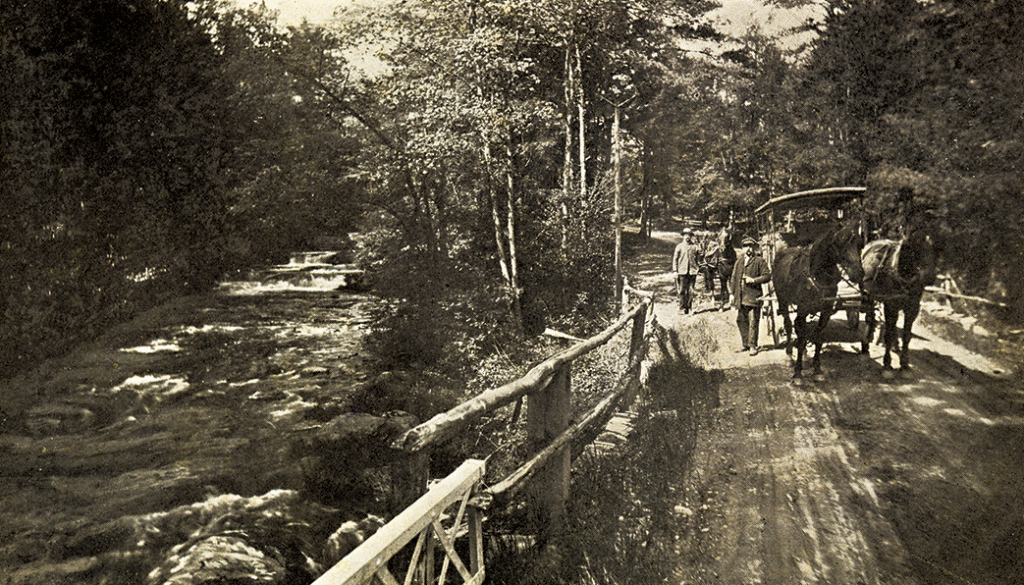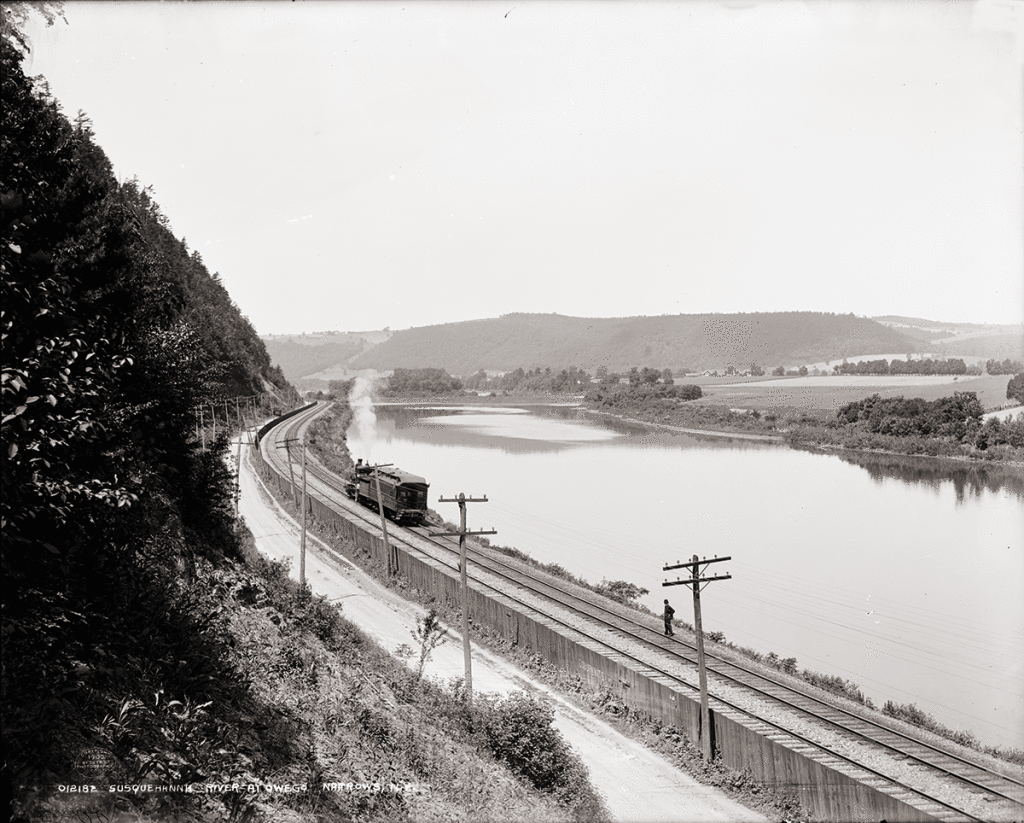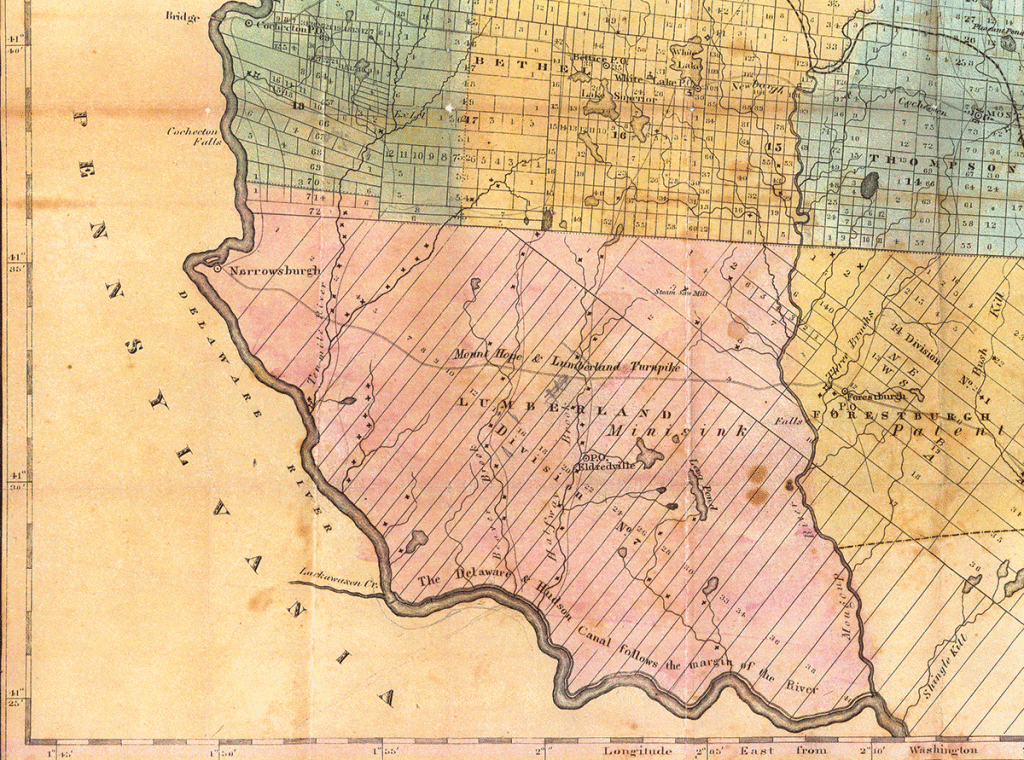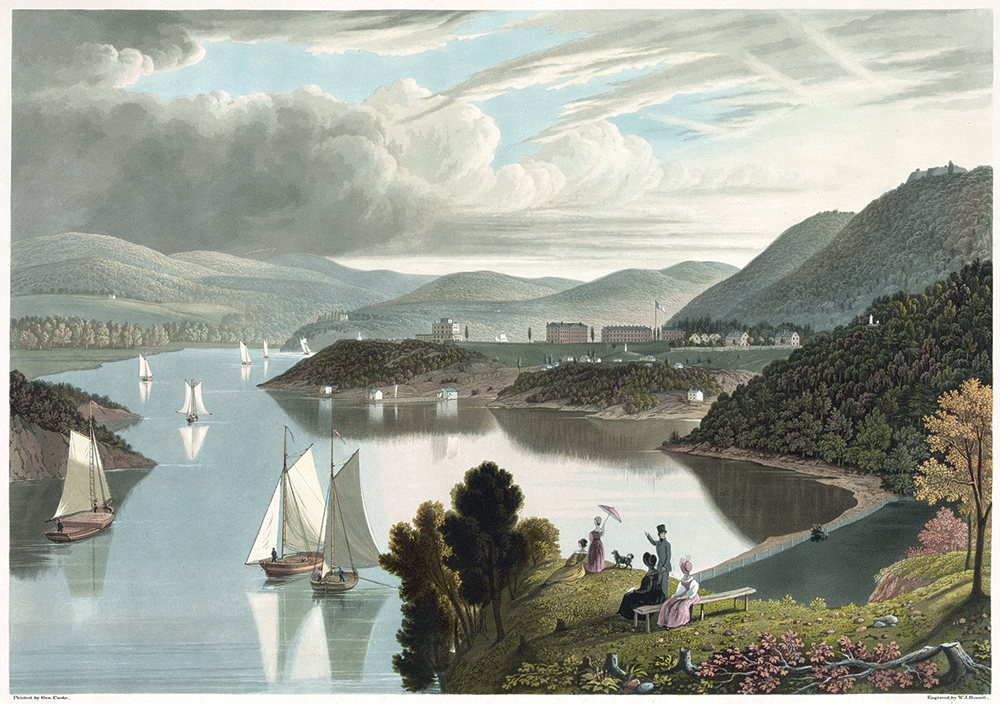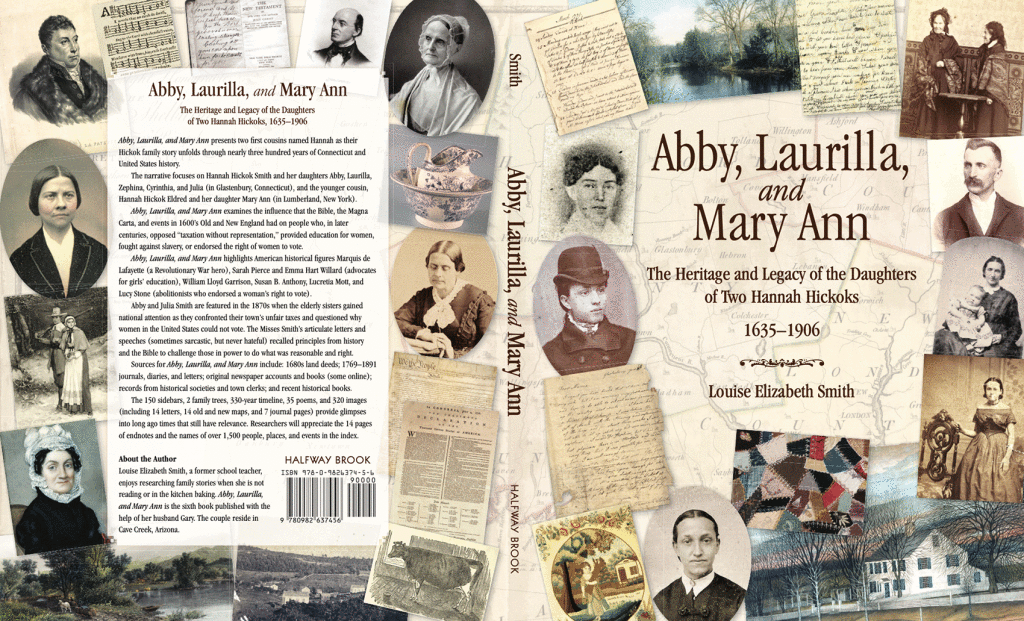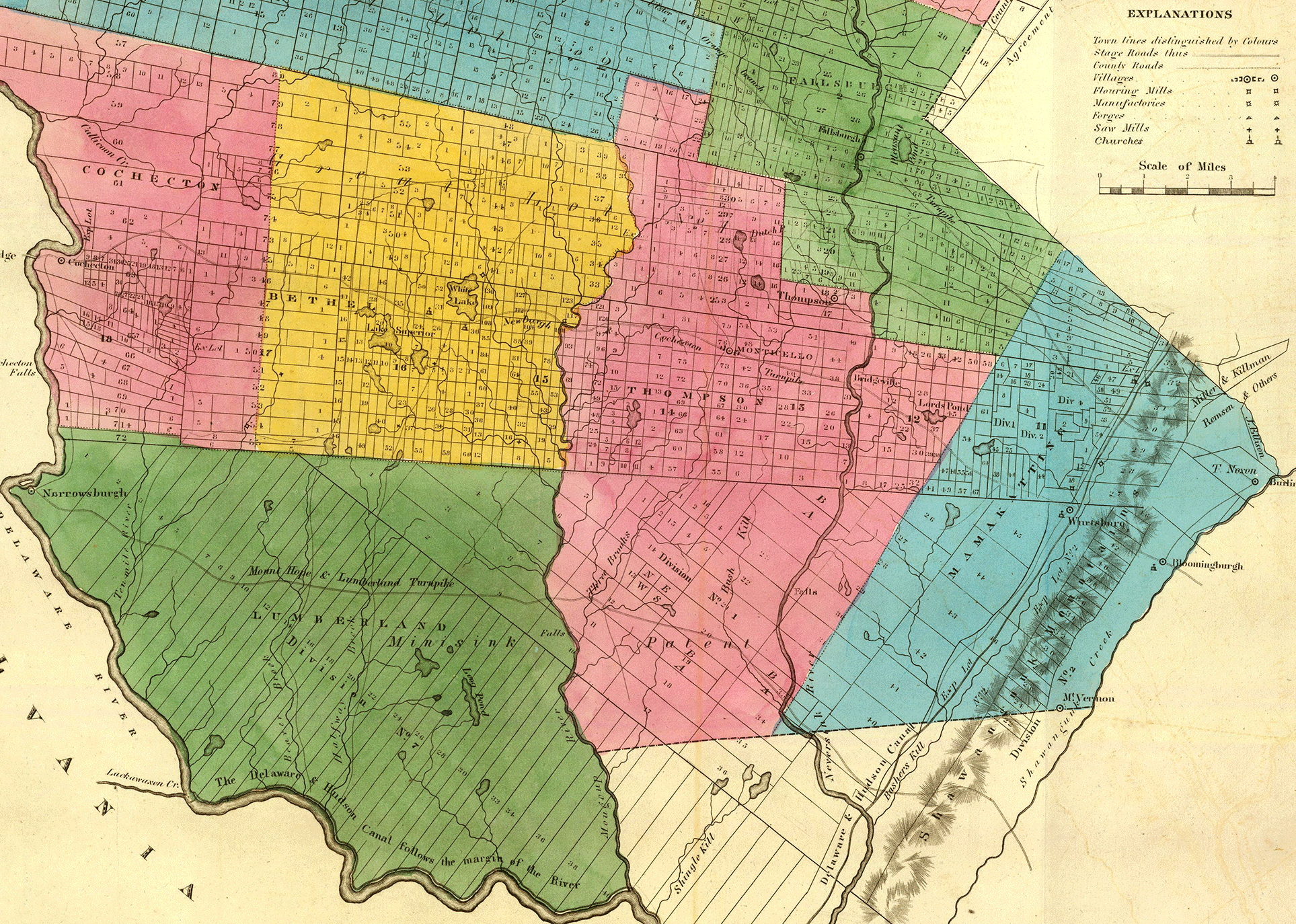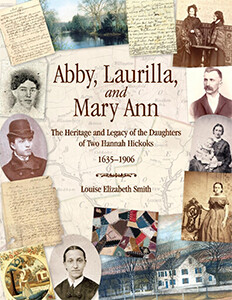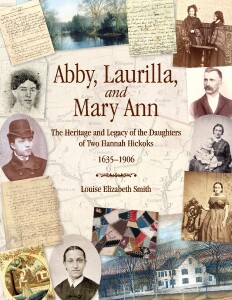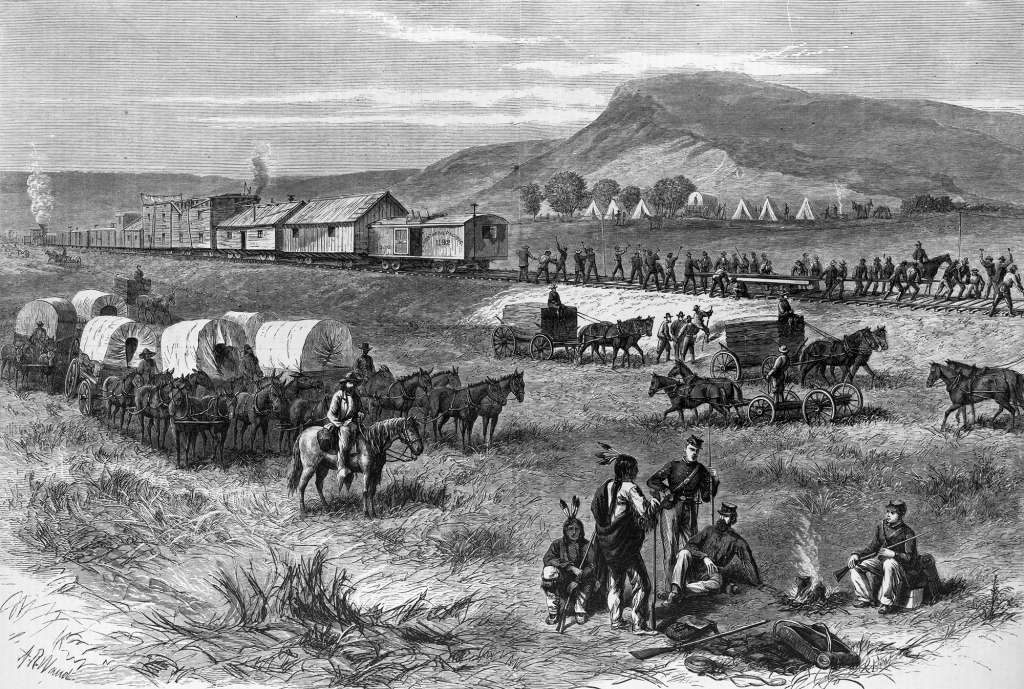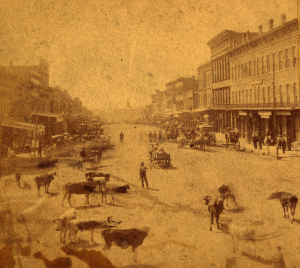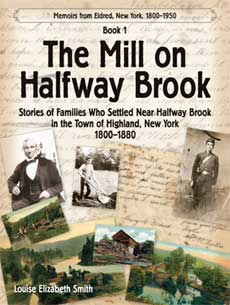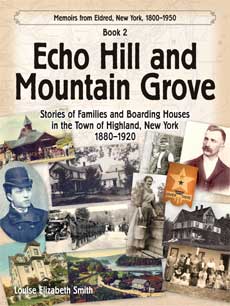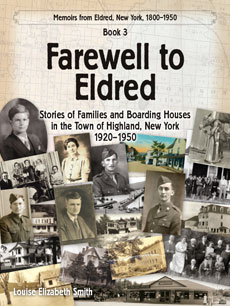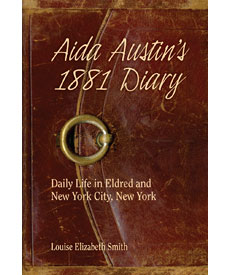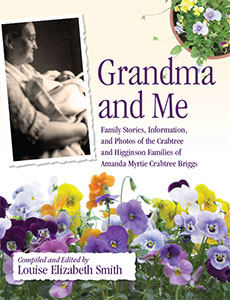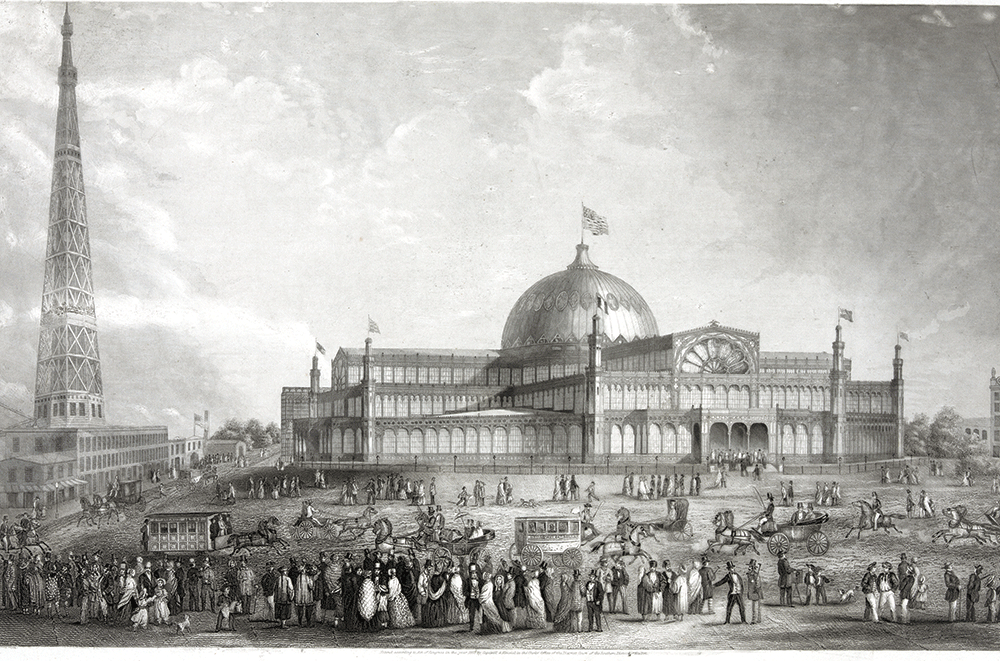
Justus and Mary Wells Hickok
Abby and Laurilla stayed in Barryville with Justus and Mary Wells Hickok, and their family. Abby mentioned their sons Robert and David Hickok in her letters to Mary Ann.
Abby and Laurilla had to stay longer at Justus and Mary’s home than they had expected because the train did not arrive on time. Mary Wells Hickok, we find out later, was not happy.
Abby and Laurilla’s Visit Ends
Finally, the train did arrive. The route to New York City (where Laurilla hoped to visit the Crystal Palace) offered some spectacular scenery (including the Hawk’s Nest) and an impressive view of the Delaware River. But Abby was not feeling well, so Laurilla helped her home to Glastenbury.
The New York Crystal Palace
In 1853 the first United States World’s Fair, “Exhibition of the Industry of All Nations,” opened in New York City.
In May 1854 a re-inauguration had featured abolitionist orators: Rev. Henry Ward Beecher and Elihu Burritt (who had visited the Smiths in 1836).
The Crystal Palace showcased marvels of science, art, and industry; paintings from Europe and America; and machinery and inventions.
Latting Observatory, a 315-foot-high wooden tower next to the “Palace” featured a 40- to 60-mile telescope view, which included Queens, Staten Island, and New Jersey.
In October Abby and Laurilla were able to explore the Crystal Palace. After the visit Laurilla went home and Abby went to the Water Cure Clinic at Oyster Bay.
Note: The Crystal Palace burnt down in October 1858.

